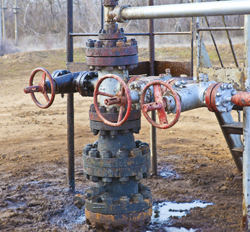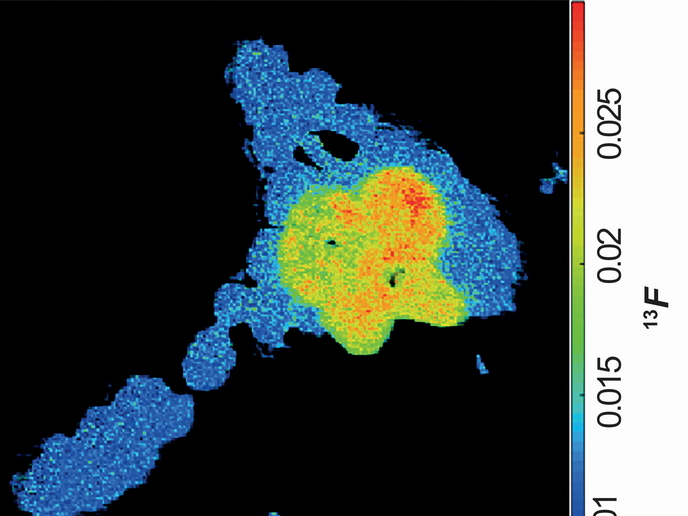Restoring oil-contaminated soil
Soil remediation, or clean-up, is important for social and economic progress. But, many technical challenges remain, such as variable environmental conditions and heavy hydrocarbon concentrations. The EU-funded 'Soil remediation technique for in situ cleaning of soils contaminated with heavy hydrocarbons mixtures' (SORBENT)(opens in new window) project developed a flexible soil-remediation approach. The research was performed by a consortium of small businesses and research institutions around Europe. SORBENT developed and tested a three-step process to restore contaminated soils to a normal state. The first treatment uses extremely absorbent pulp and paper waste fibres, and is followed by treatment with several bacteria that can consume and digest hydrocarbons. The final phytoremediation step uses various plants to restore the soil. A number of technical and economic validations were also performed, which showed that the system is effective from both a scientific and a commercial point of view. The consortium partners then provided extensive plans for future commercialisation. Soil contamination with hydrocarbons remains a major challenge for the EU. SORBENT has provided an efficient and cost-effective approach, which is adaptable to various environmental conditions and differing types of contamination.







